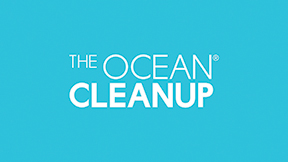
A new study on the gigantic garbage patch floating in the North Pacific Ocean points to a major source of that trash: the fishing industry.
To date, the trash pile, also known as the Great Pacific Garbage Patch, has accumulated some 80,000 tons of plastic waste and that estimate continues to climb, according to an article in Popular Science, which sites the study by six researchers from the Netherlands.
Most of that litter in the ocean is delivered by way of rivers that carry waste and human pollution from land to sea, but the origin of floating debris in offshore areas is not fully understood.
An analysis of the garbage by the nonprofit project Ocean Cleanup found that 75-86% of the floating plastics come from offshore fishing and aquaculture activities, with the U.S., Japan, China, South Korea, Taiwan and Canada being the main contributors.
Laurent Lebreton, the lead study author and head of research with Ocean Cleanup in the Netherlands, said the findings, published in Scientific Reports, highlight the impact of industrial fishing nations on this global issue.
The Ocean Cleanup team consists of 120 engineers, researchers, scientists, computational modelers and others who work to rid the world’s oceans of plastic.
The trash patch, twice the size of Texas, lies between the American West Coast and Japan. It is one of several vortexes in the ocean where waste accumulates. Each vortex, created by spinning currents, churns and crushes plastics into tiny undegradable bits. Lebreton said that plankton nets are used to collect these microplastics, which are often no more than five millimeters in size, but it is currently impossible to retrace an accurate origin for this pollution.
Since 2018, Ocean Cleanup has been working to remove less common larger debris, which is sometimes identifiable. The team uses vessels that pull a long U-shaped barrier through the water to guide larger plastics into the catch system. This allows the team to study objects that were not the focus of previous research.
In 2019, the system pulled up over 6,000 plastic objects larger than five centimeters (1.8 inches). Although a third of that catch was unidentifiable, the team sorted fish boxes, oyster spacers and eel traps. They found that fishing and aquaculture gear was the second most common type of hard plastic collected, making up 26% of all plastics.
Find more information about the Ocean Cleanup online at https://theoceancleanup.com.
